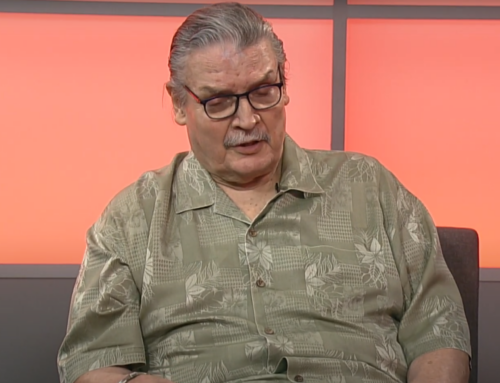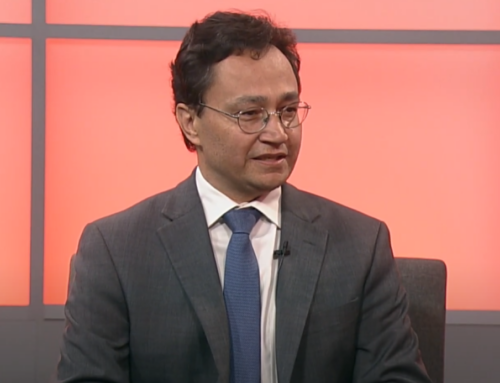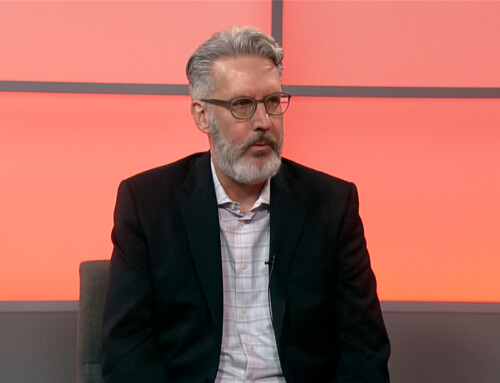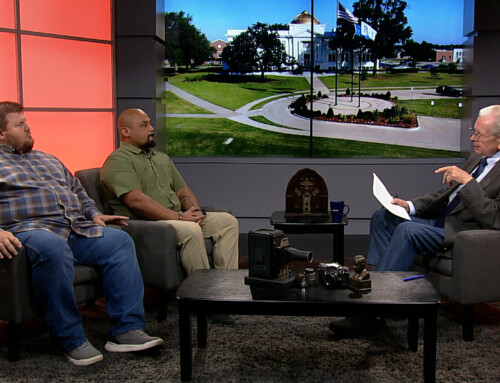“A Set Of Pipes”
It’s been said if you’re paid to do something you enjoy, you’ll never work a day in your life. Well, I’ve been in broadcasting almost 50 years and during most of those years, I guess you could say, I didn’t work. But my feelings for the industry go way beyond enjoyment. You could call it a passion. Back in the day, I worked under and learned from much older men, all of whom had ‘great pipes’ or a great voice. You needed a good voice to be in radio then. Frank Sinatra had great pipes and when he combined it with a breathing technique he learned from big band leader Tommy Dorsey, he went on to make popular music history. Walter Cronkite who actually picked up a lot of his early broadcast experience right here in Oklahoma, also had great pipes. As a young broadcaster, he used those pipes to cover sports in the Sooner state. Unlike the Chairman of the Board, as Sinatra was known, Cronkite was a broadcaster and a journalist, talents he put to good use during World War II, the Korean Conflict and the Vietnam War. Over the years, he became the journalistic voice of and the most trusted man in America as he covered and reported the CBS Nightly News. Cronkite and Sinatra are gone now but both left a legacy. Larry Filkins also had great pipes. Larry died recently. He was 90-years-old and he also left a legacy.
So,… you might ask, who was Larry Filkins? Good question. Larry was a member of the Greatest Generation that Tom Brokaw wrote about when he asked the question, “Where do we get such men?” Larry was only 20-years-old when he became a decorated Veteran of World War II. He survived heavy action at the Battle of the Bulge as a combat medic with the 3rd Armored Division. After the war, using his great pipes, he became a successful big band singer in the New York area. Later he moved into radio and became a broadcaster and radio station manager in Kansas and Colorado. if you ask about him here at Roger State University, you will quickly learn that Larry’s legacy was a big one and he cast a long shadow. He came to Claremore in 1975 to teach Broadcasting. He was quickly recognized as an innovator as well as an instructor on the campus of RSU. You see, it was Larry who recognized the importance of hands on learning for broadcast students and started the radio and television broadcast programs at RSU.
In 1980 KNGX Radio was only a little 10 watt station with a signal that barely covered the entire campus, which was also much smaller. He helped build the station, with the new call letters of KRSC to a strong 3000 watts. Larry is also credited with launching Rogers State Public Television station KRSU. Even though he carried a great deal of life experience with him, he also had a terrific personality and was known to break into song when the opportunity presented itself. But Larry’s love of broadcasting was important on many levels. He understood the need to have young men and women in the industry who carried fire in their hearts and passion in their souls and the ability to apply it to broadcasting. His approach was not unlike one of the early broadcast giants, Edward R. Murrow. Larry understood and embraced Murrow’s words from a 1958 speech about the future of television. That speech remains the stuff of legends and it ended with the following words: “This instrument can teach, it can illuminate. Yes and it can inspire. But it can do so, only to the extent that humans are determined to use it to those ends. Otherwise, it’s nothing but wires and lights in a box. There is a great and perhaps decisive battle to be fought against ignorance, intolerance and indifference. This weapon of television could be useful.” It’s important to note that Larry Filkins understood exactly what Murrow meant,… and he not only agreed, he also shared Murrow’s fire and passion and he passed them along from the Greatest Generation, to the ones that followed.
I’m Sam Jones and that’s my perspective.







